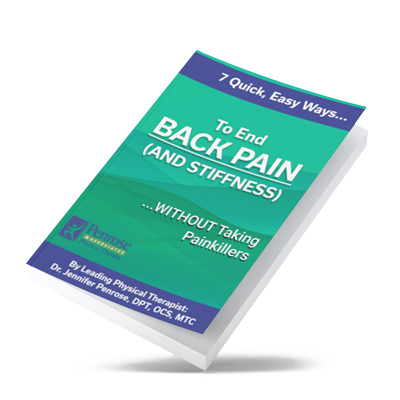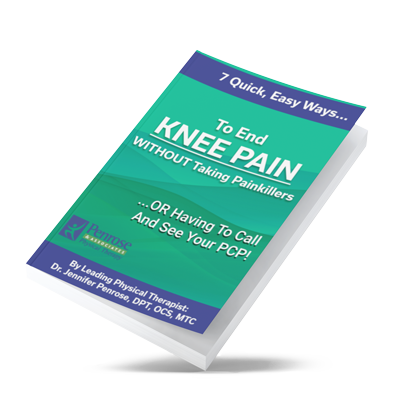
Within the past few decades, scientists hit upon the discovery that many conditions, including heart disease, diabetes, Alzheimer’s, Parkinson’s, cancer, arthritis, depression, and long-lasting respiratory problems such as asthma, share a common element – chronic inflammation. Scientists suggest that many factors contribute to chronic inflammation, including genetics and exposure to toxic contaminants in the environment. Chronic inflammation also might be exacerbated by lifestyle factors, including a diet laden with unhealthy fats and processed foods, lack of exercise, and poor dental hygiene/gum disease.If we just followed what our parents and grandparents said “an apple a day keeps the doctor away” or “finish your veggies” we likely would have less diseases linked to chronic inflammation. Our diets play an important role in chronic inflammation because our digestive bacteria release chemicals that may spur or suppress inflammation. The types of bacteria that populate our gut and their chemical byproducts vary according to the foods we eat. Some foods encourage the growth of populations of bacteria that stimulate inflammation, while others promote the growth of bacteria that suppress it. Hopefully you are probably already enjoying many of the foods and beverages that have been linked to reductions in inflammation and chronic disease.
Anti-inflammatory foods are those that any nutrition expert would encourage you to eat. They include lots of fruits and vegetables, whole grains, plant-based proteins (like beans and nuts), fatty fish, and fresh herbs and spices.
Fruits and veggies: Go for variety and lots of color; reds, oranges, yellows, greens. Research has shown that vitamin K-rich leafy greens like spinach and kale decrease inflammation, as do broccoli and cabbage. And the substance that gives fruits like cherries, raspberries, and blackberries their color is a type of pigment called “carotenoids” that also helps fight inflammation. Carotenoids are antioxidants that help combat oxidative stress, inflammation, and these antioxidants combat the free radicals that cause cellular DNA damage to our cells. Plants also have polyphenols in them which are also protective compounds. A review in the May 2016 British Journal of Nutrition summarized a number of studies supporting the notion that dietary polyphenols may lower inflammation in the body and improve the function of cells that line blood vessels. Foods high in polyphenols include onions, turmeric, red grapes, green tea, cherries, and plums, as well as dark green leafy vegetables such as spinach, kale, and collar greens. The real question is do you have HALF your plate full of veggies and fruit at every meal (mostly veggies)? There is a real cost of TIME and money to make this happen consistently.
Whole grains: Oatmeal, brown rice, whole-wheat bread, and other unrefined grains tend to be high in fiber, and fiber may help with inflammation.
Beans: They’re high in fiber, plus they’re LOADED with antioxidants and other anti-inflammatory substances.
Nuts: They have a healthy kind of fat that helps stop inflammation. (Olive oil and avocados are also good sources). Stick to just a handful of nuts a day; otherwise, the fat and calories will add up!
Fish: Put it on your plate at least twice a week. Salmon, tuna and sardines all have plenty of omega-3 fatty acids, which fight inflammation. And if you have never had good sardines Portugal knows how to do them well! (Plan a trip!)
Herbs and spices: They add antioxidants (along with flavor) to your food. Turmeric, found in curry powder, has a strong substance called curcumin. And garlic decreases the body’s ability to make things that boost inflammation.
How do you know if your nutritional and supplement plan is working? Come get your antioxidant scan done! We use a medical device/biophotonic scanner by Pharmanex that uses Nobel Prize winning Raman Spectroscopy to meausure your antioxidants/caroteniods in your skin. Raman Spectroscopy has been used for years in research laboratories. If you would like to have this Nobel Prize winning technology measure your carotenoid levels and see if you are in the best position for fighting chronic inflammation then call us on the number below for details. We are giving away 10 slots in December for free wellness consults with the purchase of a scan. Talk to you next week about even more health tips! You can learn more about this revolutionary technology by watching this video: click HERE.
The author, Jennifer Penrose, is a Physical Therapist and owner of Penrose Physical Therapy. If you have any questions about healthy tips, you can call on (360) 456-1444 or email jennifer@penrosept.com
Energy-Boosting Wild Blueberry Smoothie
Even though the weather is cool, I still drink smoothies! Especially because I can PACK them with nutrients! If you’re not into cold foods in the winter, maybe next week I’ll feature a warm breakfast meal, stay tuned.The most important part is, the ANTIOXIDANT BOOST! If you’re looking to up your antioxidant game, try my Energy-Boosting Wild Blueberry Smoothie on for starters. It’s loaded with antioxidant rich foods like frozen wild blueberries, strawberries, spinach, avocado and walnuts. Plus, many of these ingredients are natural energy-boosters, containing the right balance of protein, fiber and good-for-you fats for long-lasting fuel. The sweet berries and dates do a nice job of masking the savory taste of the spinach, avocado, nuts and seeds because every healthy smoothie deserves to be delicious, too! So, after you drink your glass of water in the morning, have this smoothie and it will keep you going strong until lunch.
Ingredients:
1 cup frozen Wild Blueberries
½ cup frozen organic strawberries
1 banana, frozen
½ cup (packed) organic baby spinach
½ avocado
1/3 cup organic, non-GMO silken tofu (about 1/5 of 16 ounce block)*
¼ cup raw walnuts
1 teaspoon hemp seeds
1-2 Medjool dates (pitted), optional depending on desired level of sweetness
1 cup unsweetened organic almond or hemp milk
Optional Toppings: frozen Wild Blueberries hemp seeds
- Blend all ingredients together until smooth and creamy, I like the consistency to be thick
- Add to container/jar of choice, I like to drink mine with a glass straw
- Serve immediately
*notes, if you’re not into soy or your have a soy sensitivity, and another frozen banana in place of the tofu recipe by our resident vegan foodie, Sarah Burns
|




